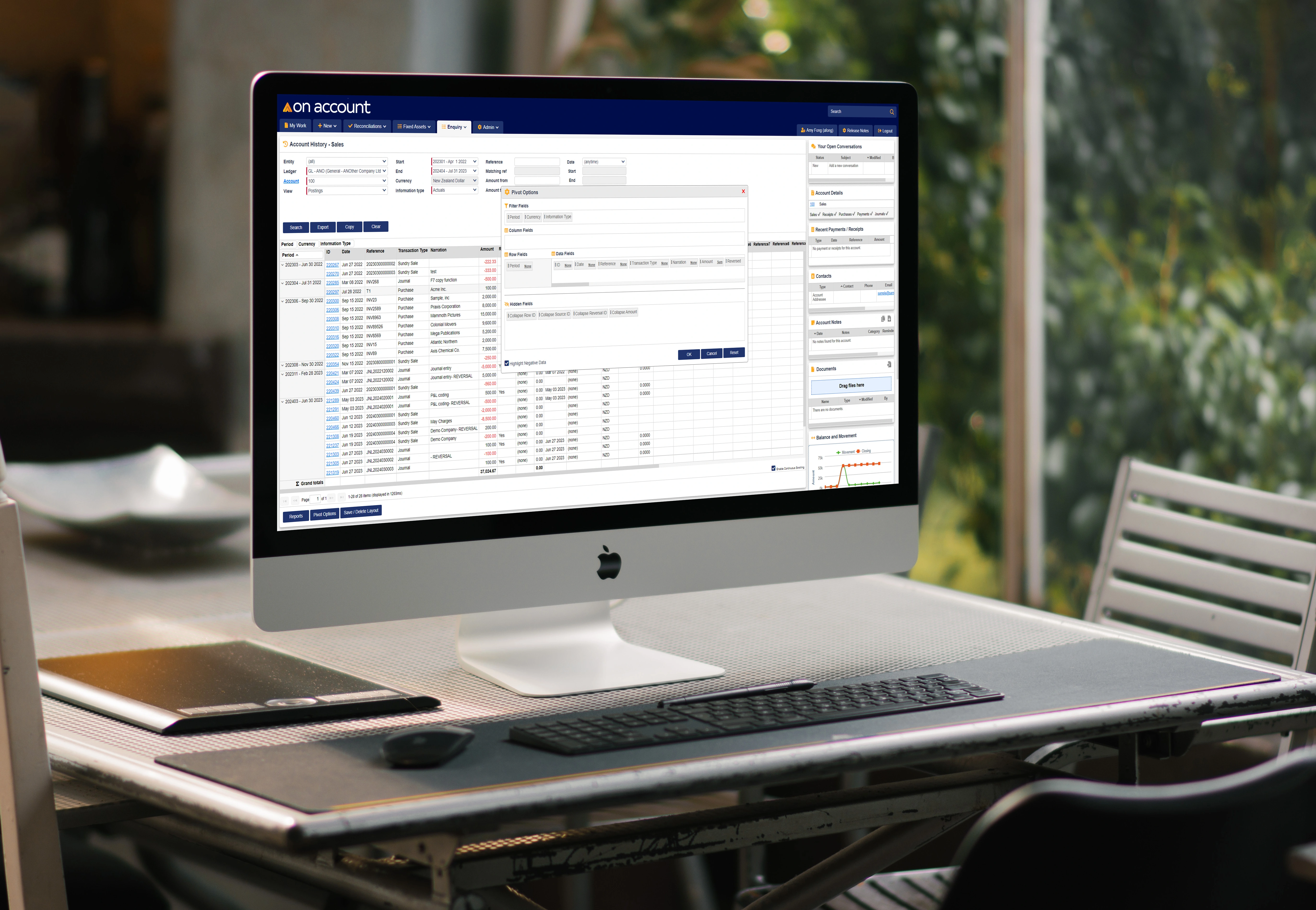There’s a new question being asked. I’ve seen this new question added to the usual list of things to decide upon, as companies plan to upgrade or migrate their databases. That new question is; should we instead, just move to the cloud?
That one new question opens the door to a lot of other questions:
Is change “happening to me” or am I strategically driving my own future?
- Will I save money?
- What if I lose control?
- Is the performance going to be as good?
- Could anything go wrong, and will I be able to fix it?
- How secure will it be?
- Which cloud providers should I consider?
When considering these questions it’s perhaps hard to be objective without the benefit of extensive research and analysis. You might know a lot about setting up your own hardware. You might know a lot about network and SAN configuration. You might currently know a little bit less about the cloud. And, you would most likely have less experience migrating to and operating in the cloud. What’s more you’re probably both risk averse, and time poor!
Right now, you know just two things: 1) You can definitely buy new hardware and migrate. You know this because you’ve done this many times before. 2) You haven't migrated your databases to the cloud before, so you don't know exactly what to expect!
Who ya gonna call?
Seek out partners who’ve made the leap - those that have gone on ahead.
Once that new question “should we move to the cloud” is tabled, it can quickly evolve and grow. Soon it will be “can we move to the cloud?”, “when should we move?” and “what should we move?”.
This is because the primary anxieties people initially express in relation to the cloud often turn out to be its intrinsic strengths.
It’s unquestionably less expensive. Pricing is going down, not up. Once in the cloud you’ll realise you actually have more control than you had before, not less. And you’ll always have the performance you desire, all the while being both more secure and more comprehensively recoverable.
Can we?
Looking at the experiences of others is the best way to to establish trust and credibility in a new way of doing things. Seeking out peers, their stories and experiences is a good way to gauge the likely outcomes of your own move to the cloud. Working with partners who have experience in cloud projects and migrations also exposes pathways to how your own organisation might enter and benefit from the cloud.
When?
The primary driver for traditional migration and upgrade projects is the “expiration” of hardware, software or licenses. This might in practice be hardware reaching a certain age, enterprise software requiring a later Windows version, the current version of SQL exiting mainstream support. These drivers push for both renewal and change.
A historical driver that would push back, and dictate a longer timeline to an upgrade cycle is the significant capital cost of purchasing new hardware and licenses. However, initial costs are far less a factor when considering the cloud. Costs over time are comparatively very flat.
However, moving to the cloud will have an impact on the people and roles within an organisation. An obvious and straightforward example is a person whose job it is to change tapes and physically transport disaster recovery media offsite. It’s a job that’s tangible. It’s a job that’s important. And, it’s a job which doesn’t exist once your systems are in the cloud. When planning a move to the cloud it’s important to consider the people that will be affected.
In the past, the force of systems’ entropy pushed for change and high startup costs pushed the other way. When moving to the cloud, the push for change is balanced by the time required to effectively transition the people that will be affected by a move to the cloud.
What should we move?
A small organisation, with only a handful of databases could certainly move all of their systems overnight. It will even be possible to run systems in parallel, and only fully transition after a number of days or even weeks.
The landscape is changing. And it’s changing into a cloud.
For larger organisations it may be more tempting to start small, and then build up momentum over time. Deploying a new system on a new cloud platform may be an ideal way to get a foot into the cloud. Alternatively, starting with a smaller pilot can have the benefit of not only mitigating a degree of risk, but also alleviating CPU and capacity pressure on current in-house hardware.
A long game
You may not choose to go to the cloud today. You might not be ready right now. You might decide to shelve the idea, until next time. But the key point is that there will be a next time. Hardware will always grow old. Versions will always be superseded. Licenses will always expire. It’s a long game you’re playing, and it’s up to you to determine what’s in the best interest of your business, not just for today but also for the next five and ten years.
If you do take your organisation to the cloud you’ll be doing something new. Something by definition you’ll only do once. It makes sense to seek out others who’ve gone before you, and to partner with people who’ve made that leap already to support you making that transition and ensure you leverage the best opportunities once you’re there.
In the end, you’ll save yourself money and gain flexibility in a secure and highly recoverable new cloud.












